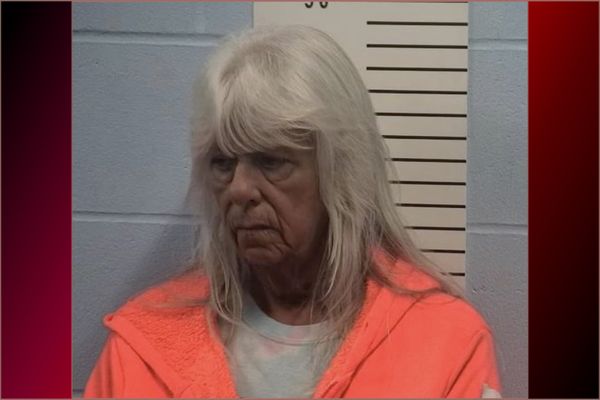The coastal town of Exmouth may be known as a place you can swim with the world's biggest fish, the whale shark, but its hidden cave systems harbour a much smaller aquatic marvel.
Under the ranges and rocks of the North West Cape is a karst system — a series of underground caves and waterways formed in dissolved limestone — which is the only place you will find two of Australia's three cavefish species.
Cavefish are creatures that have specially adapted to subterranean conditions and, while they may not be a common sight around Exmouth, they are under threat from the possibly well-intentioned but ecologically devastating practice of aquarium dumping.
Ornamental fish like the guppy and sailfin molly have been popping up in the freshwater systems of the region where they can wreak all kinds of havoc.
Department of Primary Industries and Regional Development senior research scientist Samantha Bridgwood said the introduced species could be aggressive towards native fish.
"They might be fin nippers. They are also eating the food that should be consumed by the native species," she said.
"They often have been pet fish that people either don't want anymore or can't look after anymore and rather than getting rid of them, they'll put them into a water body.
"The problem is that once they're put into a new water body, they can introduce disease or parasites."
Fish completely blind
The two endemic cavefish species found on North West Cape, located inland from Ningaloo Reef, are a peculiar pair and both are listed as endangered.
Both are eyeless and have white and pink-toned skin.
The larger of the two is the blind cave eel, which can can grow up to about 40 centimetres, while the blind gudgeon is a much smaller fish that can reach 5cm in length.
Australia's third cavefish species is an offshoot of the blind gudgeon, which lives on Barrow Island about 180 kilometres from Exmouth and is a critically endangered animal.
Cape Range National Park's karst system has a wide diversity of tiny species, so there is no shortage of food for the two fish, which eat a range of invertebrates.
Dr Bridgwood said both blind species were incredibly rare and needed to be protected.
"They're funny looking … only things that a mother would love to be honest," she said.
"But they are very important.
"These are species that only occur in that system."
Invasive species removed
The DPIRD team has had success in removing invasive species from sites like Dozer Cave in the region.
Dr Bridgwood will be returning soon to see if they have been successful in removing invasive fish from Qualing Pool, a culturally and environmentally significant site that has both open-air and underground water systems.
The next step in the department's Restorative Biosecurity Program would be to collect other native fish like striped catfish, mullet and gobble guts, and release them back into Qualing Pool.
Dr Bridgwood said the main thing residents could do to help protect the native species was to refrain from dumping live fish in waterways.
"Please take [unwanted pet fish] to an aquarium shop or put some ads out to see if someone else might like them, give them to a friend rather than introducing them into our water bodies," she said.







